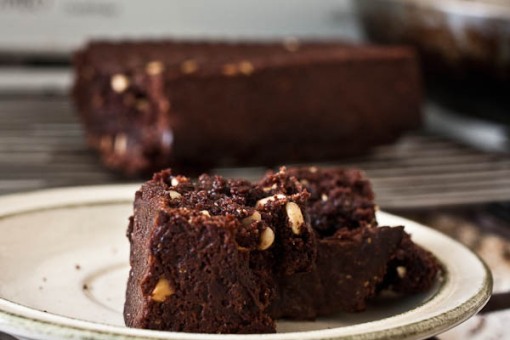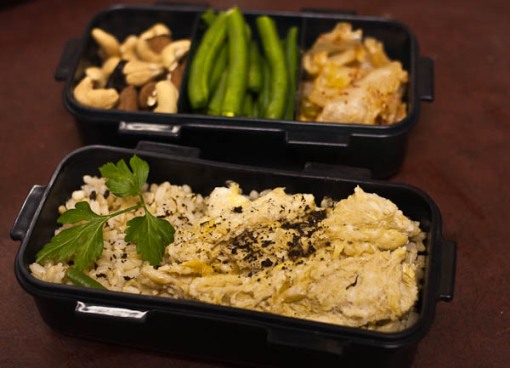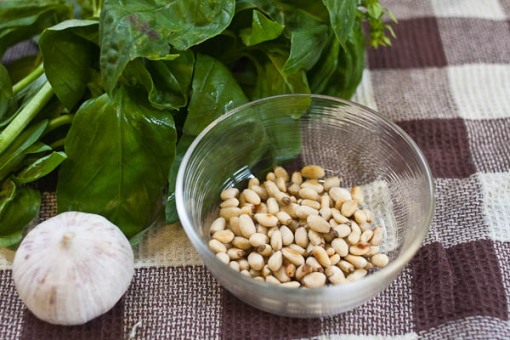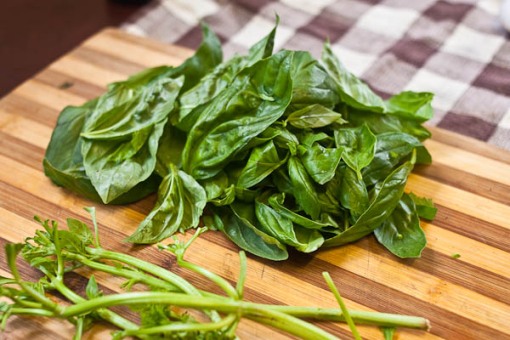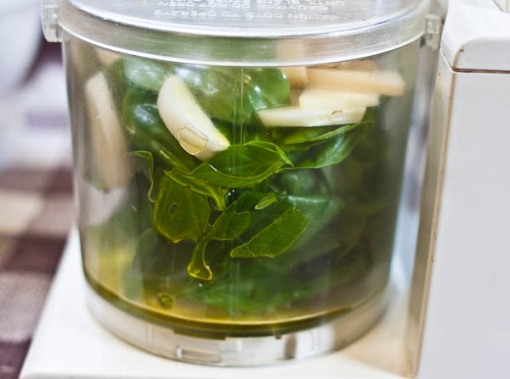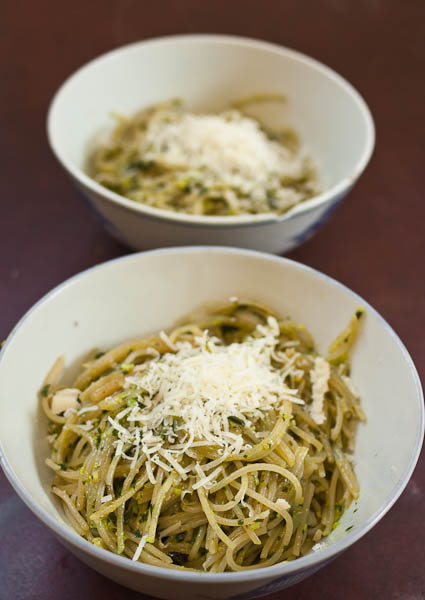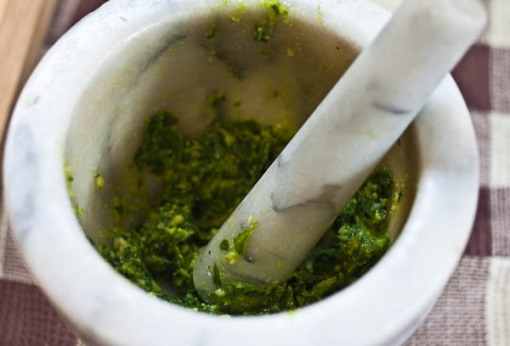I love stirfries. They’re our default meal at home – quick, nutritious, versatile and tasty. This one is especially easy, since the tempe doesn’t need to be precooked or have anything fancy done to it.
Although I was vegetarian for a long time, I don’t much like most versions of tempe – I find most of them mushy and tasteless-yet-tangy. Nutrisoy do a tempe ‘burger’ though, which is nutty and firm and tasty – I like it a lot. And it’s available in most supermarkets, which is even better.
There’s quite a lot of ginger in this recipe, as it’s very good for my poor arthritic feet and their struggles to deal with winter. The final meal isn’t overly hot – or gingery, but feel free to adjust the amount of ginger to your taste, if you’re not as fond of it as I am.
The main thing with stir frying is to use a high heat. I’ll go into tips for successful stirfrying in another post; for the moment, just remember to have your wok (or frypan, at a pinch) hot, and keep your ingredients moving.
I also used a secret ingredient in this recipe.
When I last went to Penang, I tracked down an old fashioned soy sauce maker, one of the few remaining who brew the sauce naturally, by hand, without additives or preservatives. The place was so obscure that our driver had to call them and find out where they were hidden, but it was worth it. This stuff is ambrosial; complex and deeply flavoured (our driver left with several bottles himself, so he obviously thought it was worth the trip as well). I used some of it in the stirfry – but if you don’t happen to have artisanal, ambrosial soy sauce on hand, just use the usual stuff. It’ll still be tasty.

My secret special soy - not so secret now!
Tempe & Ginger Stirfry
There are a lot of different ways to vary this recipe – feel free to experiment with different vegetables or sauces.
Ingredients
2 x Nutrisoy tempe burgers (There’s three to a pack; if you both have big appetites, use all three)
1/2 capsicum (bell pepper)
2 sticks of celery
2 heads of bok choy (or other green of your choice)
2 garlic cloves (optional, but the finished stirfry certainly isn’t over garlicky)
Fresh ginger, about the length of your thumb, or a little less
1/2 tablespoon peanut oil (or olive oil if you prefer)
Soy sauce to taste
Rice, to serve
Method
Put the rice in the rice cooker, and turn it on – or start it cooking in your usual way.
Slice the bok choy into chunks, and rinse well to remove any dirt, then set aside to drain. Slice the ginger into small sticks, and peel the garlic ready for the garlic press (or mince it finely if you’re that way inclined). Cut the tempe burger into even strips, and cut the celery and capsicum into even pieces as well.
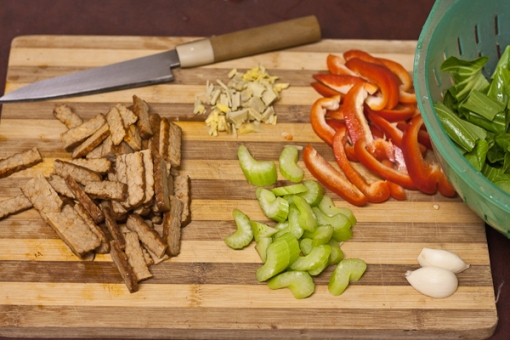
Make sure you chop your ingredients evenly, and try to have everything ready to go before you start cooking
Put the wok on the stove at as high a heat as possible. Add the oil. When it runs across the pan like water, add the ginger and garlic, and stir well for a few seconds, until you can smell them clearly. Add the tempe burger to the wok, and cook for about a minute or two until it browns slightly. Add the celery and capsicum. You may find it helpful to add about a teaspoon of water, to steam the vegetables a little – they cook faster, and you end up using less oil.
When the celery and capsicum start to soften, and their colours are bright, add in the bok choy and stir until it’s just wilted and cooked. Turn the heat off, add soy sauce to taste, and serve.

Eat while fresh and hot - yum!
Enjoy!
